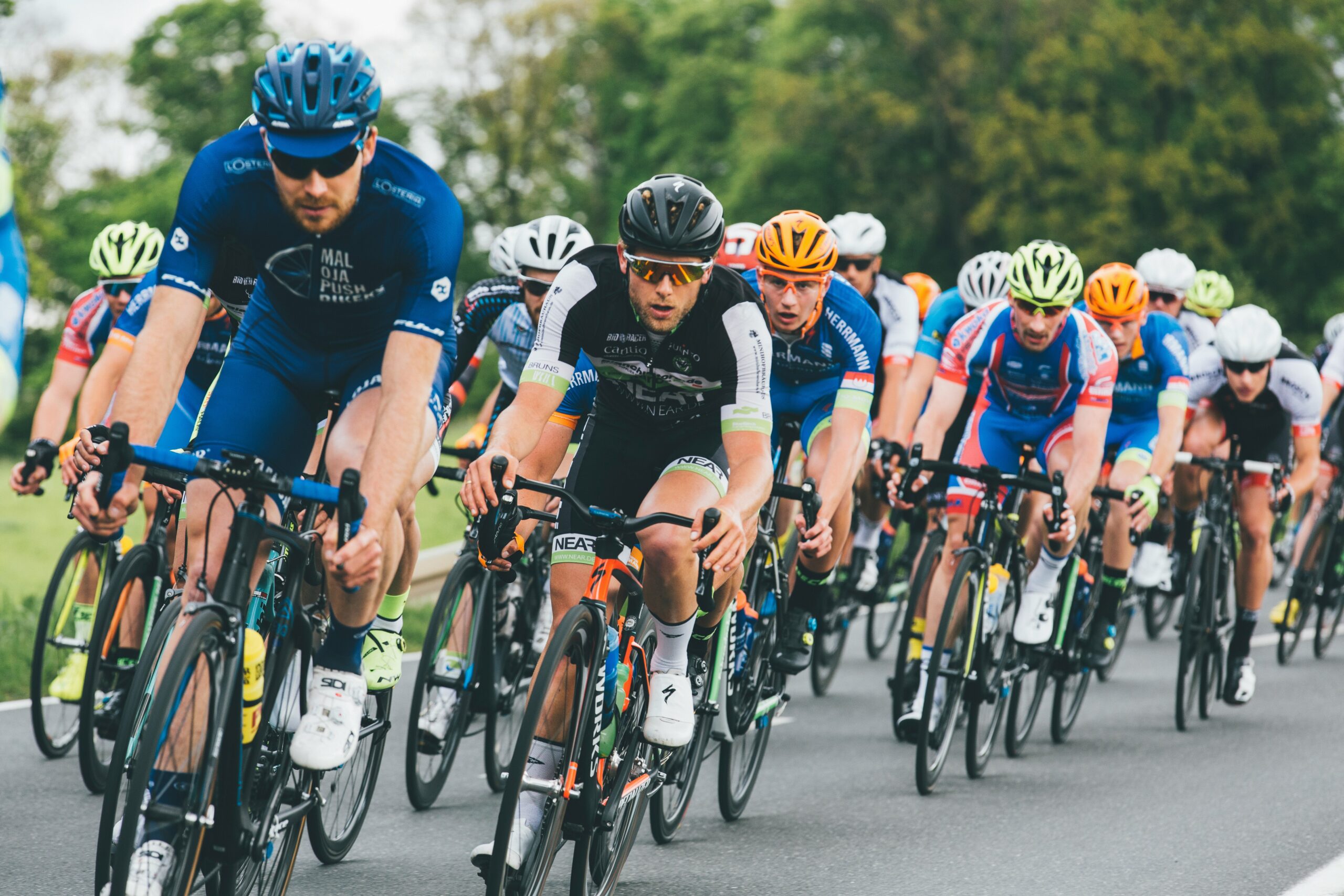
In professional sports, athletes continually seek methods to enhance their performance, reduce injury, and maintain longevity in their careers. Over recent years, a surprising yet increasingly popular practice has emerged as a significant contributor to achieving these goals: yoga. Although traditionally associated with meditation and flexibility, yoga offers substantial benefits for athletes, particularly those in baseball and football. This article explores how yoga influences these sports, improving physical and mental health well-being and, ultimately, enhancing athletic performance.
The Intersection of Yoga and Athletics
Yoga, an ancient practice originating in India, encompasses physical postures, breath control, and meditation. Integrating yoga into an athlete’s training regimen can yield multiple benefits, including increased flexibility, strength, balance, and mental focus. These advantages are particularly valuable in sports like baseball and football, where the demands on the body and mind are intense and varied.
Enhancing Flexibility and Preventing Injuries
Flexibility is a cornerstone of yoga practice and is equally crucial for athletes in baseball and football. In baseball, players perform a variety of movements, from pitching to batting to fielding, all of which require a high degree of flexibility. Football players, on the other hand, engage in explosive movements, sudden direction changes, and physical collisions. These actions can lead to muscle strains and joint injuries if the body is not adequately prepared.
Yoga helps elongate the muscles and increase the range of motion, which can significantly reduce the risk of injuries. Poses such as the Downward Dog, Pigeon Pose, and various hip openers specifically target the muscles most utilized in these sports, such as the hamstrings, hip flexors, and shoulders. By incorporating yoga, athletes can maintain muscle suppleness and joint flexibility, which are essential for performance and injury prevention.
Building Strength and Stability
While yoga is renowned for enhancing flexibility, it also builds strength, particularly in the core muscles. A strong core is vital for athletes, as it is the foundation for almost all movements. In baseball, a strong core helps generate power during pitching and batting. Football players benefit from core strength in maintaining balance, absorbing impacts, and improving overall agility.
Yoga poses such as Plank, Warrior Series, and Boat Pose engage the core muscles intensively, promoting strength, stability, and balance. These poses help athletes develop a robust and resilient body, capable of performing at high levels and withstanding the physical demands of sports.
Improving Balance and Coordination
Balance and coordination are crucial components of athletic performance. In baseball, a batter’s ability to maintain balance through their swing can determine the success of their hit. Similarly, players must exhibit excellent balance and coordination in football to maneuver past opponents and execute plays effectively.
Yoga’s focus on mindful movements and balance postures enhances proprioception—the body’s ability to sense its position in space. Poses like Tree Pose, Eagle Pose, and Half Moon Pose challenge athletes’ balance, requiring them to stabilize their bodies through controlled movements. This improved balance and coordination translate directly to better performance on the field or diamond.
Enhancing Mental Focus and Reducing Stress
The mental aspect of sports must be balanced. Athletes must maintain concentration, make split-second decisions, and manage stress effectively. Yoga’s emphasis on breath control and meditation offers tools to enhance mental clarity and reduce stress.
Yoga breathing exercises, such as Pranayama, help athletes control their breath, which is essential during high-pressure situations. By focusing on their breath, athletes can calm their minds, reduce anxiety, and improve their focus. Meditation and mindfulness practices, integral parts of yoga, also teach athletes to stay present, block out distractions, and maintain a positive mindset.
In baseball, where players face long periods of waiting interspersed with bursts of activity, mental endurance, and focus are critical. In football, staying calm and making strategic decisions under pressure can be the difference between winning and losing. Yoga equips athletes with the mental tools necessary to excel in these high-stress environments.
Case Studies and Real-world Applications
Several professional athletes have publicly acknowledged the benefits of incorporating yoga into their training. Baseball players like Evan Longoria and Giancarlo Stanton have credited yoga with improving flexibility and reducing injuries. Football stars such as Tom Brady and Russell Wilson have also integrated yoga into their routines, highlighting its role in maintaining their peak physical and mental condition.
These athletes have improved their personal performance and inspired their teams and others in the sports community to explore yoga. Teams have started hiring yoga instructors to work with their players, recognizing yoga’s comprehensive benefits to athletic training.
Yoga’s impact on baseball and football extends far beyond traditional fitness routines. By enhancing flexibility, strength, balance, and mental focus, yoga provides athletes with a holistic approach to improving performance and longevity in their sports. As more athletes and teams adopt yoga, its influence on these sports will likely continue to grow, proving that ancient practices can benefit modern athletic contexts.